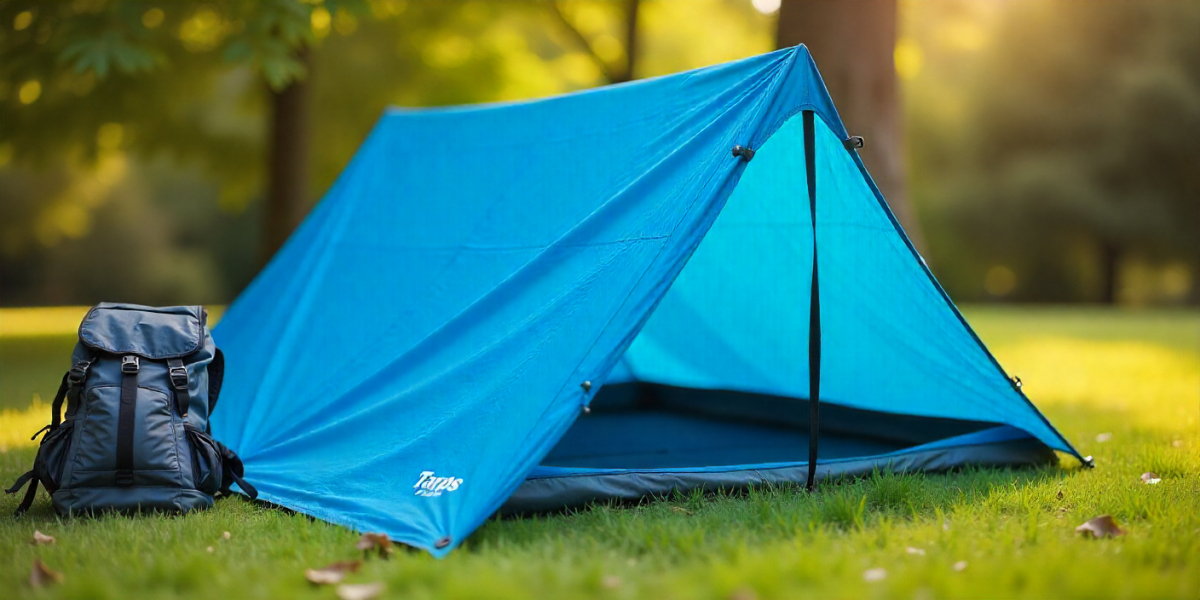When it comes to protecting your belongings outdoors, nothing beats high-quality tarp covers. Whether it’s for camping, construction, or simply covering your car, tarp covers offer unmatched convenience and reliability. They are versatile, weather-resistant, and affordable solutions for keeping your possessions safe from rain, sun, dust, and debris. In this blog, we’ll explore the types of tarp covers, their practical applications, and tips for selecting the best one for your needs.
What Are Tarp Covers?
Tarp covers are large sheets made from durable materials such as polyethylene, canvas, vinyl, or mesh. They are designed to act as a protective layer over objects, shielding them from the elements. Unlike traditional covers, tarp covers come in multiple sizes, thicknesses, and materials, making them suitable for both residential and commercial use.
Poly Tarps: Lightweight, waterproof, and inexpensive. Ideal for short-term outdoor projects.
Canvas Tarps: Heavy-duty and breathable, perfect for long-term use or covering sensitive equipment.
Vinyl Tarps: Extremely durable and resistant to tearing. Suitable for harsh weather conditions.
Mesh Tarps: Provide shade and ventilation, commonly used in gardening or construction sites.
Common Uses of Tarp Covers
Tarp covers are incredibly versatile and have a variety of applications. Here are some of the most common ways people use them:
1. Vehicle Protection
Cars, trucks, motorcycles, and even boats can benefit from tarp covers. They prevent scratches, fading from UV rays, and water damage during the rainy season.
2. Construction Sites
On construction sites, tarp covers protect machinery, building materials, and work areas from weather damage. Contractors often use reinforced tarps to cover equipment and scaffolding.
3. Camping and Outdoor Adventures
Campers rely on tarp covers for tents, picnic areas, or makeshift shelters. They provide a lightweight, easy-to-install solution for staying dry and shaded.
4. Home and Garden Use
From covering firewood piles to garden furniture, tarp covers help keep items clean and dry. They are also handy during home renovations to protect floors, walls, and furniture from dust and debris.
5. Agriculture and Farming
Farmers use tarp covers to protect hay, livestock feed, and machinery. Mesh tarps are particularly useful for ventilating crops while still shielding them from sun and rain.
How to Choose the Right Tarp Cover
Selecting the right tarp cover depends on your specific needs:
Material: Consider durability, waterproofing, and UV resistance.
Size: Always measure the object or area you want to cover. A tarp that’s too small won’t provide adequate protection.
Grommets and Reinforcements: Ensure tarps have strong grommets and reinforced edges for secure fastening.
Color: Dark colors often provide UV protection, while lighter colors reflect heat.
Tips for Using Tarp Covers Effectively
Secure Properly: Use bungee cords, ropes, or straps through the grommets to tie the tarp down firmly.
Avoid Standing Water: Make sure the tarp is angled or elevated to prevent water pooling, which can cause damage over time.
Regular Cleaning: Wash tarps periodically to remove dirt, mildew, or debris that can weaken the material.
Store Correctly: When not in use, fold and store tarp covers in a dry place to prolong their lifespan.
Why Tarp Covers Are a Smart Investment
Investing in quality tarp covers saves money in the long run by preventing damage to your vehicles, equipment, and outdoor items. They are reusable, easy to store, and adaptable to multiple scenarios, making them a must-have for homeowners, businesses, and outdoor enthusiasts alike.














